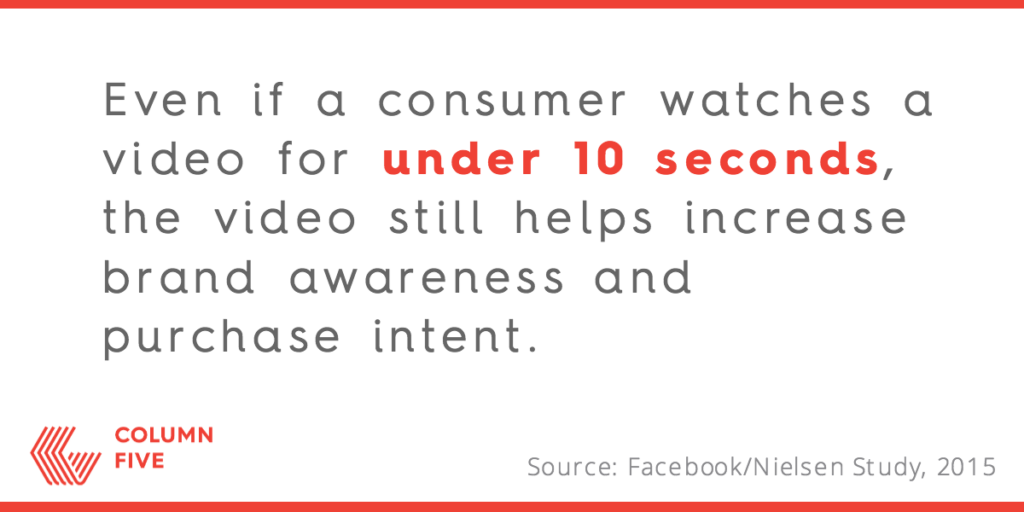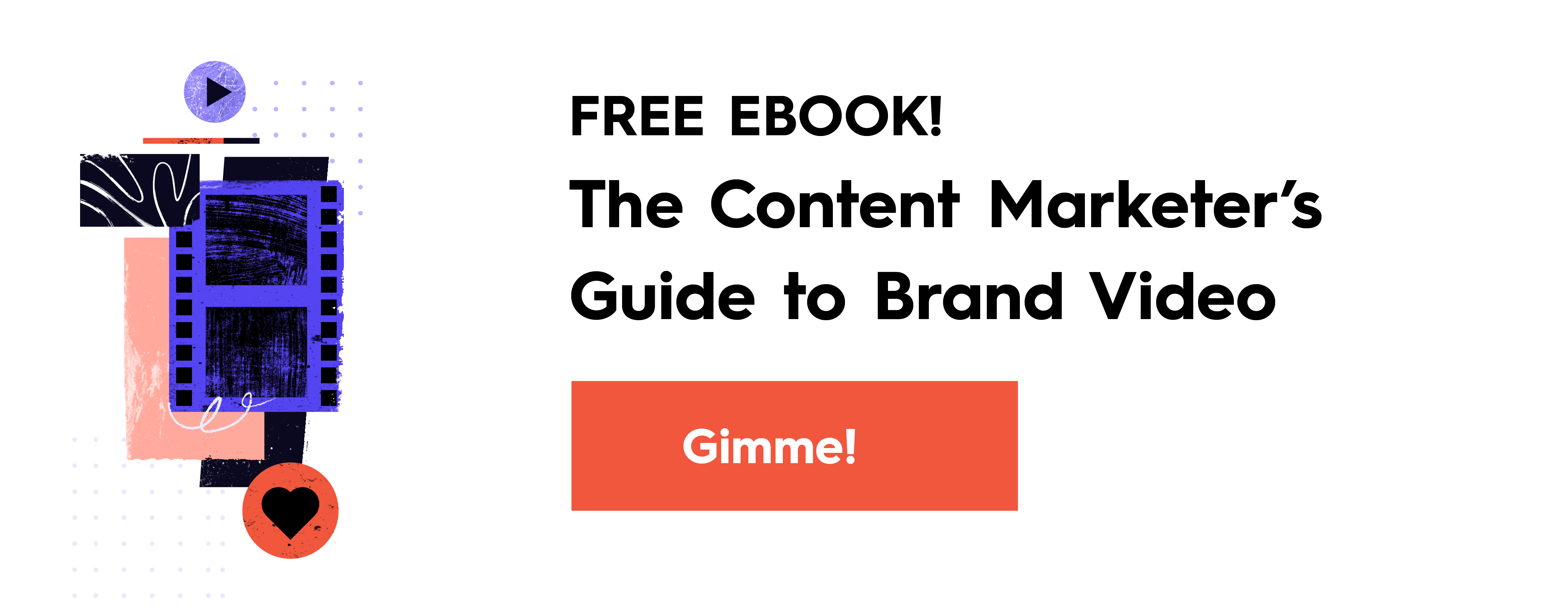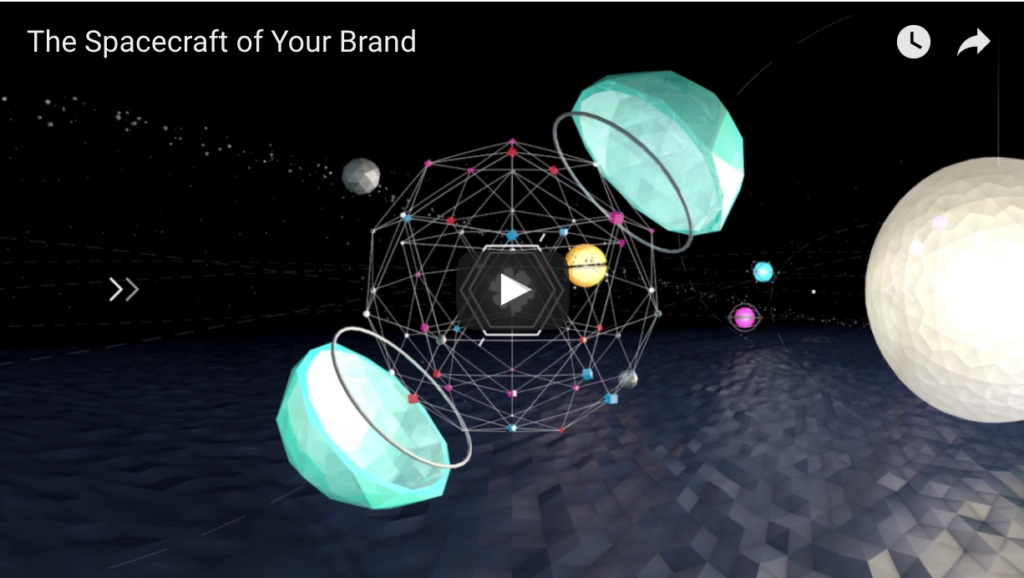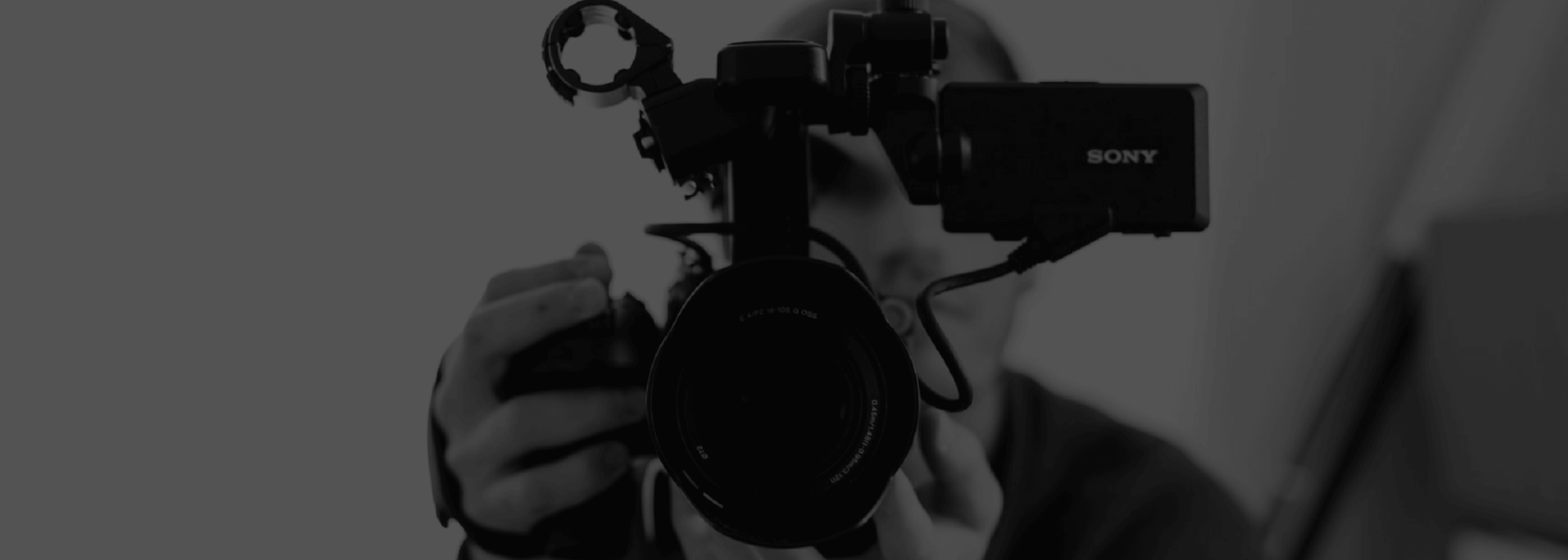Video marketing has exploded in popularity for many reasons. The technology has evolved, price points have come down, social platforms have embraced it, and audiences have come to expect—if not prefer—it as a method of communication. (According to a 2014 Levels Beyond survey, 40% of consumers said they would rather watch a brand video than read the same information.)
For brands, video presents a fantastic opportunity to tell a compelling brand story in an easily digestible package.

Why Video Marketing Is So Effective
Video is not just a passing fad or a novel presentation; it is a powerful way to form relationships with your audience through emotional connection.
That’s because video is a medium that we are hardwired to respond to. In addition to being visually stimulating, video elicits an emotional response from the viewer—thanks to the scientific phenomenon of emotional contagion. When your audience views a video, or watches a story, their emotions actually start to mirror what’s on screen. (Think of the physical sensation of anxiety you get when you watch a scary movie.)
Even a brief interaction with your video can trigger this response, making a significant impact.

A note: When we say “video,” we’re really talking about the power of motion storytelling. Motion is its own form of communication, separate from static or interactive content. Technically, video is the technology that lets us tell stories through motion. But most people use “video” when talking about this type of storytelling.

The Creative Advantages of Video Marketing
One of the biggest advantages of brand video is that it provides more creative storytelling tools to work with. Each of these can be used to elicit emotion, whether you’re telling a serious story or a funny narrative.
- Visuals: On-screen action can enhance your message, whether through color, data visualization, kinetic text, animation, or live-action.
- Audio: Music, voiceover, and sound effects convey mood and tone, increasing your audience’s emotional response.
- Controlled storytelling: The pace and nature of the storytelling is controlled, which makes it easier to deliver a focused message—and more enjoyable for your audience to receive it. Video is a passive experience, so you can simply click a play button, sit back, and watch. (Other mediums, such as interactive, require more active engagement.)
The key, of course, is to ensure your video has a story to tell.
Storytelling Applications for Video Marketing
Video can be used for much more than traditional advertising. It has many practical applications for communication both in and outside of your company, allowing you to deliver different messages in different ways.
Depending on your brand goals, you may experiment with any of the following in your content strategy:
- Traditional ads: Online or television commercials (national or regional).
- Promo videos: Viral videos, case studies, interviews, testimonials, product reviews—anything that publicizes work or brand. May be editorial or advertorial.
- Explainer videos: Introductions, overviews, processes, tutorials for products, services, or ideas.
- Culture marketing videos: Content to showcase your brand, people, or causes.
- Social videos: Content to engage followers on social—Facebook, Instagram, Snapchat, YouTube, etc. May be educational or pure entertainment.
While video can help you achieve your marketing goals, it is also a useful communication tool to help your internal team in their day-to-day. Sales collateral, company information, and presentations can easily be converted to video to save time and energy.
The Best Format for Your Video Marketing
The video format you choose will depend on many factors: your story, available resources, audience, distribution channels, etc. Some formats are better suited for particular uses, so consider which may help you best achieve your goals.
Live-Action Video
When most people think video, they think of live-action: real actors and sets telling a narrative story, captured on camera. This is the most popular type of video. It is particularly compelling because your audience can relate to the humans on screen. (Remember emotional contagion: When audiences “see” themselves on-screen, they feel more connection.)
Live-action also allows for short- and long-form storytelling. You may consider a short spot or a full-on brand documentary. Just remember that live-action video also requires a number of production elements: location, talent, crew, etc.
Our live-action “Child of the ‘90s” spot for Microsoft helped reintroduce Internet Explorer to millennials. Because it emotionally resonated with the target audience, it garnered 49 million+ views.
Motion Graphics
Motion graphics include 2D- or 3D-animated graphics. They can also include a mix of live-action and graphics animation. Storytelling in this format relies on audio and on-screen visualizations. Therefore, the production is more controlled. (If you want to see some great motion graphics, check out these 100 awesome examples.)
Motion graphics have many uses, but explainer videos are often presented as motion graphics because they allow you to break down abstract concepts, show how something works, present data, or depict worlds that may be otherwise difficult to capture in live-action.
Learn more about why explainer videos help your brand, or take a look at our explainer video on explainer videos to see one in action.
Immersive formats
Emerging technologies are taking video to the next level. These require more production, specific equipment, and technical skill to produce, but they will only become more popular. Some brands are already finding great success with:
- 360-degree video: This technique expands the viewer’s perspective, allowing them to explore a panoramic scene from every angle.
- Virtual reality: VR is a computer-generated simulation of an environment that viewers can interact with. It is immersive and contained storytelling that puts viewers in the driver’s seat.
- Augmented reality: This tech allows the viewer to interact with their physical environment.
Our 360-degree video lets you learn about the construction of a brand—by exploring space. For the best viewing experience, follow the link below to YouTube (make sure you have the latest version if you’re mobile). Desktop viewers might want to view in Chrome with the hardware acceleration setting on.

Always Put Your Story First
If your brand is eager to pursue video, remember that the most effective videos will speak to your audience’s emotions, which is why story is so important. Pair the right story with the right format and you’ll have brand video gold.
If you’re ready to dive into video, find out the 11 reasons you need a solid video strategy and check out our tips for choosing the right video agency. Of course, if you need any help, we’re always happy to chat.





